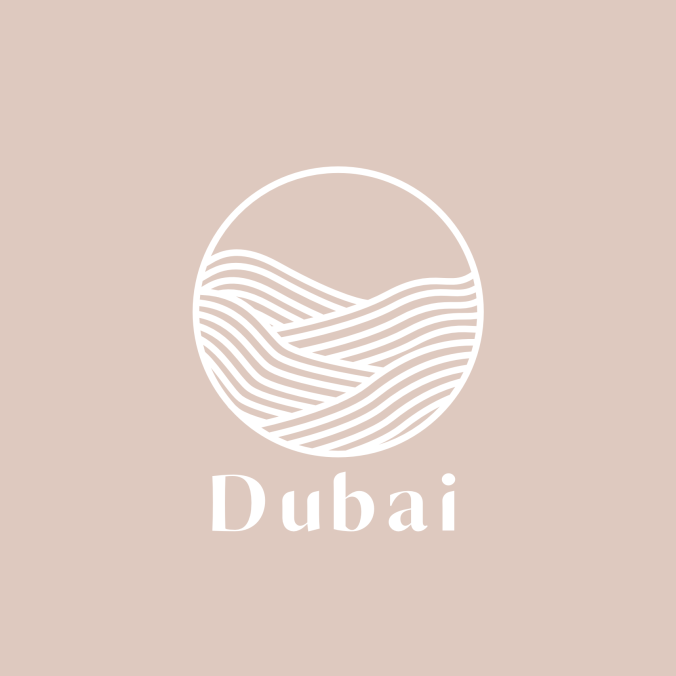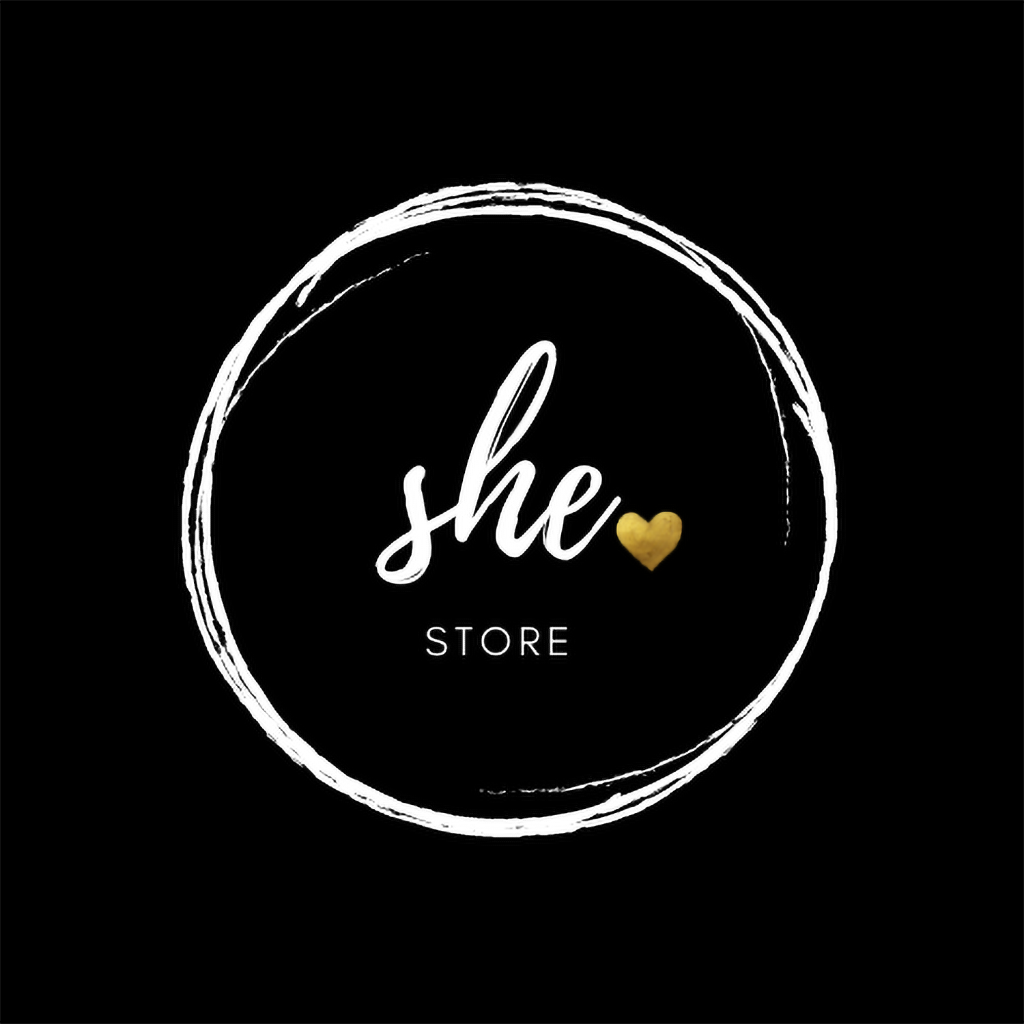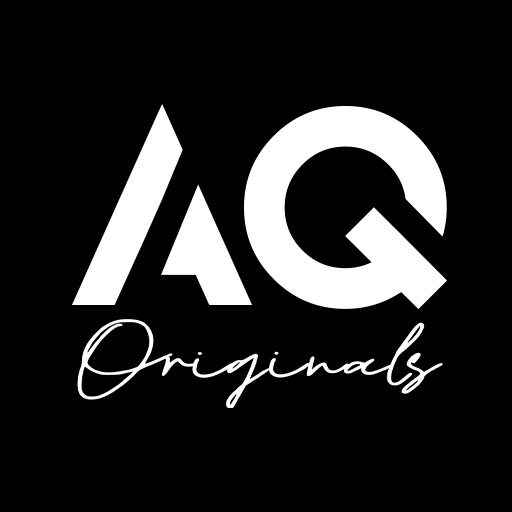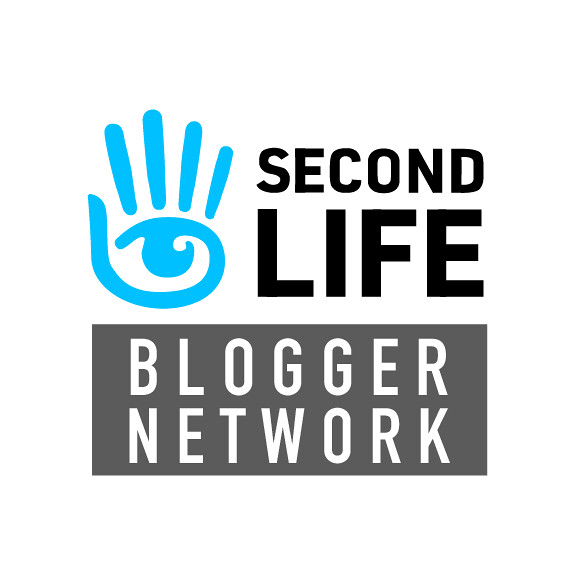Introduction
Boston made a video to explore how Second Life is undergoing a transformation with the introduction of Physically Based Rendering (PBR) materials. PBR brings a new level of depth, realism, shininess, and reflections to the Second Life virtual world. Whether you are a creator or a resident, this video will guide you through the process of creating and applying PBR materials, using tools such as Blender, Adobe Substance Painter, and the Second Life Viewer.
Exploring PBR Materials on the Second Life Beta Grid
To begin our journey into PBR materials, let’s log into the Second Life Beta grid. This is where testing for PBR materials is currently underway. Here, we have created a dedicated space to build furniture and experiment with different materials.
Creating Furniture Models in Blender
Blender, a popular 3D modeling tool, is widely used by creators in Second Life due to its comprehensive features and open-source nature. Using Blender, we can design and texture 3D models, such as furniture pieces, to bring them to life. We focus on adding textures to the coffee table model, specifically the main structure and the glass piece in the middle.
Enhancing Textures with Adobe Substance Painter
For more specialized texturing, we turn to Adobe Substance Painter, often referred to as the Photoshop of the 3D world. While a paid subscription is required, Substance Painter offers powerful texture-creation capabilities. We export the model from Blender as a COLLADA file and import it into Substance Painter. Here, we apply textures by utilizing the smart textures included with the subscription. These textures can be easily modified and layered to achieve the desired visual effects.
Importing Models and Textures into Second Life
With our textured model ready, we move on to importing it into Second Life. Using the Second Life viewer, we upload the furniture model, choosing the desired level of detail to optimize resource consumption. After the upload, the model appears in our inventory. To complete the process, we upload the PBR material textures created in Substance Painter. These textures, in GLB and GLTF formats, are associated with the material objects in Second Life, allowing for easy application through drag and drop or selection from the inventory.
Applying PBR Materials to the Model
With the model and textures in place, we can now apply the PBR materials. By modifying the properties of the PBR material, such as metallic and roughness factors, we can control the shininess and reflectivity of the texture. Additionally, we address any transparency issues and customize specific parts of the model, such as glass, by adjusting the alpha mode. This ensures that the materials accurately represent their real-life counterparts.
Personalizing Your Second Life Experience
For those who prefer not to create their own 3D models, Second Life offers a vast marketplace where you can purchase furniture and other items for customization. To make sure you can personalize these items, ensure that they have modifiable permissions, as stated in the item’s description. The marketplace also provides a filter to display only modifiable components, streamlining your search for customizable options.
Optimizing Reflections with Reflection Probes
To enhance the realism of reflections in Second Life, a new feature called Reflection Probes has been introduced. While these probes are automatically placed in-world, manual placement allows for better control, particularly in scenes such as homes. By creating a reflection probe using a basic prim, we can adjust its size to encapsulate the room’s interior, ensuring accurate reflections. It is advisable to use the fewest number of probes while covering larger spaces, and setting them as modifiable enables.
Now that we have explored the process of creating and applying PBR materials in Second Life, let’s delve into the benefits and possibilities that PBR brings to the virtual world. PBR, which stands for Physically Based Rendering, revolutionizes the look and feel of objects and environments by introducing enhanced depth, realism, shininess, and reflections.
PBR materials add a new level of visual richness to Second Life, making it even more immersive and captivating for both Creators and Residents. Whether you are an aspiring Creator looking to bring your own unique creations to life or simply an enthusiastic Resident who enjoys exploring and appreciating the creations of others, PBR materials open up a world of possibilities.
To fully experience the transformative power of PBR materials in Second Life, you can log into the Second Life Beta grid, where testing for PBR materials is currently underway. The Beta grid allows you to explore and experiment with the latest features and advancements before they are rolled out to the main grid. For more information on how to access the Beta grid, you can visit the “Accessing Aditi” support page.
In addition to the visual enhancements, PBR materials in Second Life also offer improved performance and efficiency. PBR shaders are optimized to utilize modern graphics processing capabilities, resulting in smoother rendering and reduced strain on system resources. This allows for more complex and detailed scenes without sacrificing performance.
Furthermore, PBR materials are compatible with advanced lighting systems in Second Life, such as Light Projectors and Light Domains. These lighting tools can enhance the overall ambiance and realism of your virtual space by casting dynamic shadows and illuminating objects with accurate light sources.
As the adoption of PBR materials continues to grow in Second Life, the possibilities for creativity and expression are expanding. Whether you’re designing a realistic urban cityscape, crafting fantastical creatures, or creating a serene natural environment, PBR materials empower you to bring your imagination to life with unparalleled realism and beauty.
For those interested in learning more about PBR materials and their application in Second Life, there are various resources available. The Second Life Knowledge Base provides detailed documentation and tutorials on creating and applying PBR materials. Additionally, the Second Life community is rich with experienced Creators who are often willing to share their knowledge and offer guidance to newcomers.
In conclusion, the introduction of PBR materials in Second Life marks a significant milestone in the virtual world’s evolution. The enhanced visual quality, realism, and performance provided by PBR materials elevate the virtual experience, making it more immersive and captivating for both Creators and Residents.
Remember to keep an eye out for updates and new features in Second Life, as the platform is constantly evolving to offer even more possibilities for creativity and immersion. Enjoy your journey in the virtual realm!
Sign up for our newsletter now!








